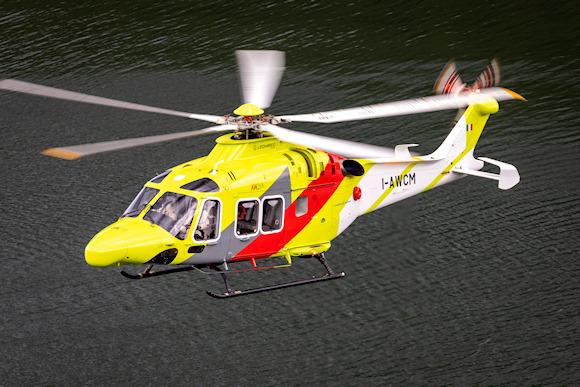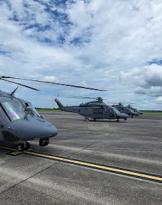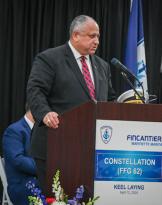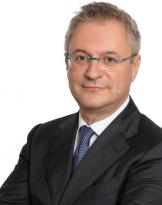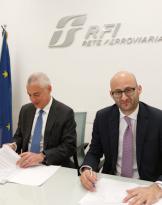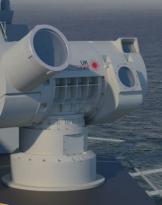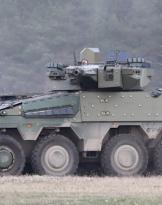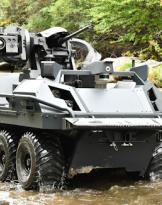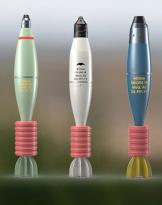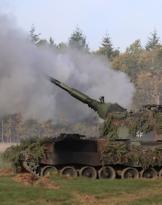The capabilities and optional solutions available for the AW169 twin-engine helicopter continue to grow thanks to the launch of an increase in maximum gross weight to 5100 kg and with an eleven-seat configuration fully compliant with IOGP (International Association of Oil & Gas Producers) standards 690 reports defined in the field of the energy industry. Both solutions will be made available for the skid version of the helicopter.
The increase in weight, originally designed in response to mission requirements specific to government and military operators such as troop transport and combat, will now also satisfy the new needs expressed by the civil market and that of public utility services thanks to multiple operational benefits and performance. Key factors for this expansion of capabilities are the inherent growth potential of this helicopter model, which does not require changes to the design of critical components, and the performance enhancement packages already introduced which ensure greater power output from the engine and transmission as well as aerodynamic solutions that further improve the helicopter's behavior in all conditions and for all operational applications. Compared to the standard maximum take-off weight of 4800 kg, the addition of 300 kg allows the transport of an additional three passengers or a greater quantity of fuel capable of guaranteeing approximately an extra hour of flight. Operators already using the skid version of the AW169 will be able to request the implementation of the weight increase to 5100 kg to increase the capabilities of their helicopters.
As a further option, the eleven-seat configuration, fully compliant with IOGP standards, will introduce a new modular fuel tank and two additional emergency exits in the cabin, via the side windows, increasing them from four to six. The eleven-seater configuration will be available for the version with skids together with the increase in the maximum gross weight. This solution will enable even more stringent requirements to be met for offshore transport tasks supporting the energy industry in terms of load capacity, range and compliance with the latest industry standards.
This configuration will allow a range of up to 139 km with eleven passengers, thus offering capabilities usually only available with helicopter models equipped with a maximum take-off weight greater than 5500 kg, while maintaining the costs typical of lighter aircraft , and with more modern safety standards than obsolete models. The new configuration will also be more sustainable than less modern models in the reference weight category thanks, among other things, to a more efficient propulsion system, advanced navigation capability and an advanced approach to technical assistance and maintenance. The certification of the increase in maximum gross weight is expected in 2024 while that for the configuration with eleven seats and the modular fuel tank is expected in 2026.
These new capabilities will be in addition to the EASA (European Aviation Safety Agency) certifications obtained at the end of 2022 for the skid version and for the unique features of the autopilot for single-pilot search and rescue tasks (SAR Mode - Search and Rescue) on board according to IFR (Instrument Flight Rules). With the introduction of the skid version, the AW169 has become the only helicopter in the relevant certification category to be available with all the solutions provided for the landing gear (also including the retractable or fixed one with wheels), further demonstrating the versatility of model design. Previously developed performance enhancement packages had already ensured increased capabilities, transmission rates and available load through engine software updates and aerodynamic modifications, making the AW169 the helicopter with the best power-to-weight ratio in its class. class.
The introduction of the AW169 has strengthened Leonardo's competitiveness and position in the global helicopter market, consolidating the company's presence in the emergency medical services sector, increasing the number of operators for law enforcement, civil protection and fire prevention. It further strengthened the company's leadership in the twin-engine VIP segment, providing operators with an additional option positioned between the highly regarded AW109 and the best-selling AW139. The helicopter also represents an extremely functional solution for short-range operations in support of the energy sector and has allowed Leonardo to increase its role in the field of support for the maintenance of wind farms. The helicopter's dual-use design met a range of government, security and defense requirements, in Italy and around the world, for missions such as surveillance, troop transport, combat, rescue, firefighting, training, mountain rescue and MedEvac (medical evacuation).
Over 320 AW169s have been ordered to date, with more than 170 units delivered from the final assembly line in Vrgiate (VA) to operators in 30 countries. The global fleet has accumulated over 170.000 flight hours for every type of mission and in all operating conditions. The fleet's leading helicopter has exceeded 3700 flight hours on air rescue missions in Sweden.

